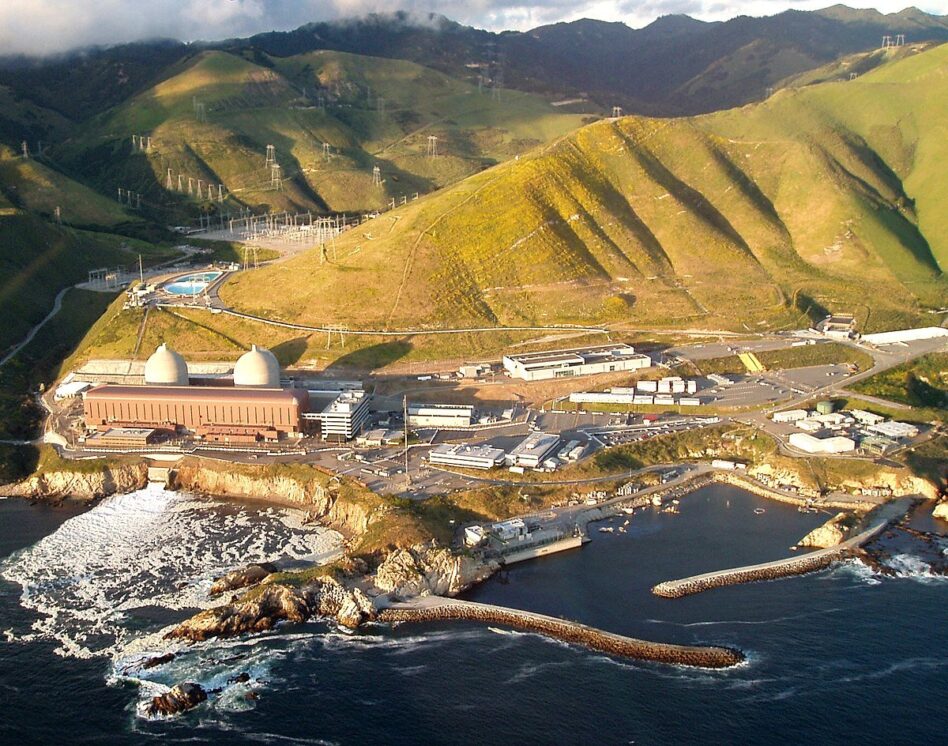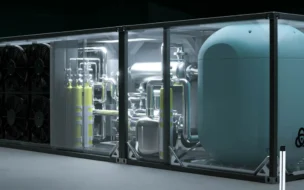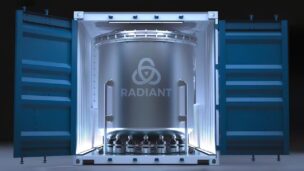The relationship between AI and nuclear goes both ways. We’ve seen the deals signed to power the vast energy needs of AI with nuclear power—and now it’s time for AI to give a little something back.
That’s the goal of a collaboration announced this week between Pacific Gas and Electric Company (PG&E) and Atomic Canyon, a startup building a nuclear-savvy tool on top of Nvidia’s AI platform to simplify documentation and licensing processes at Diablo Canyon, California’s last nuclear plant.
“As the first nuclear power plant to implement Neutron Enterprise using the NVIDIA platform, we’re proud to lead the way in bringing cutting-edge innovation to our operations,” said Diablo Canyon executive Maureen Zawalick in a release. “Accessing critical information in seconds will let us focus on what truly matters—delivering reliable clean energy safely and affordably.”
Seeing more clearly: After seeing how generative AI models like ChatGPT have transformed work and data analysis throughout the world economy over the past few years, nuclear reactors must have felt left out. But a process as sensitive and complex as nuclear regulation needed to be totally hallucination-free and accurate, as existing models…well…weren’t.
Atomic Canyon this year released a version of its nuclear document-searching AI product, Neutron, with a goal to eliminate that pesky hallucination problem. Neutron searches through the rich databases of NRC and reactor documents to help operators access key information more quickly and cut down on paperwork.
- The company provided Neutron for free to the nuclear industry and plans to keep it that way.
- It secured a partnership with Oak Ridge in May to use the Frontier supercomputer to improve the model’s efficacy.
“If we’re going to continue this transformational work that we’re doing in AI, it is my opinion that the best source for us to get clean, reliable, safe energy to continue to fuel this like AI renaissance…is through enabling nuclear power to move faster, better, cheaper, quicker, which will require AI,” Trey Lauderdale, CEO of Atomic Canyon, told Ignition in May.
Over at Diablo…The California nuclear plant plans to embed Neutron Enterprise, a more robust version of Atomic Canyon’s software, into its data infrastructure. The Nvidia-powered software will have access to the plant’s network of documentation and data collection and will help employees quickly and accurately find the info they need.
Lead Reporter of Ignition





